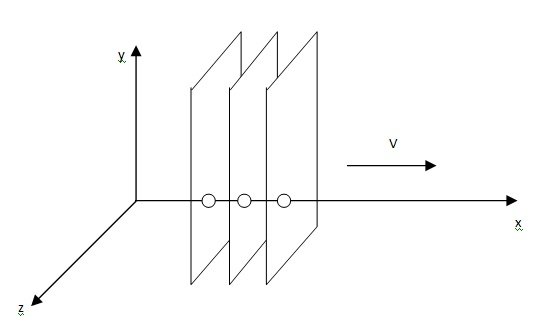Monochromatic Plane Waves In Vacuum
Monochromatic Plane Waves In Vacuum Assignment Help | Monochromatic Plane Waves In Vacuum Homework Help
Monochromatic Plane Waves in Vacuum
The electric and magnetic field vectors E and B in empty space, satisfy the three-dimensional wave equation∇2 E = 1/c2 ∂2E/∂t2, ∇2B = 1/c2 ∂2B/∂t2 … (1)
Here, c = 1/√ϵ0μ0 is the speed of light in vacuum.
We consider sinusoidal waves of frequency ω. Such waves are called monochromatic. Suppose the waves are travelling in the x-direction and have no y – or z-dependence These are called plane waves, because the fields are uniform over every plane perpendicular to the direction of propagation.
E(x,t) = E0 ei(kx – ωt), B(x,t) = B0ei(kx – ωt) … (2)
K is called the wave number.
E0 and B0 are the complex amplitudes of the electric and magnetic fields. The physical fields are the real parts of E and B.
Since ∇.E = 0 and ∇.B = 0, it follows that
(E0)x = (B0)x = 0
This implies that electromagnetic waves are transverse.
The electric and magnetic fields are perpendicular to the direction of propagation.
Faraday’s law, ∇ x E = - ∂B/∂t, implies a relation between the electric and magnetic amplitudes.
- K(E0)z = ω(B0)y k(E0)y = ω(B0)z
Or B0 = k (I x E0)/ω
E and B are in phase and mutually perpendicular. The real amplitudes of E and B are related by
B0 = k E0/ω = 1/c E0

For more help in Monochromatic Plane Waves in Vacuum please click the button below to submit your homework assignment.